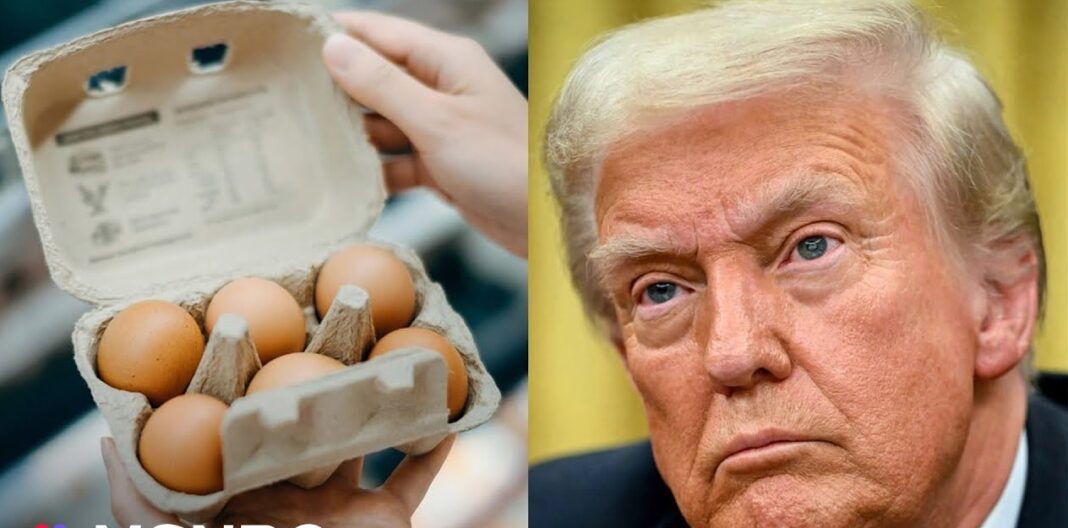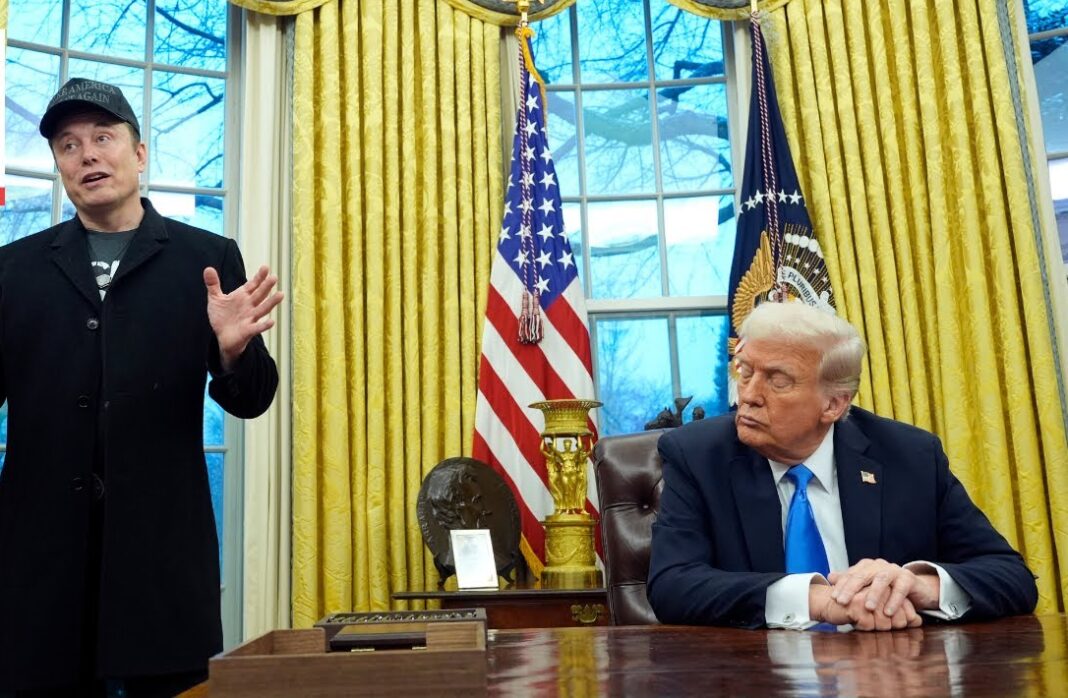The latest economic reports indicate that inflation remains a persistent challenge, complicating efforts to lower interest rates. The Federal Reserve faces constraints as inflation hovers around 3%, above the target of 2%. Additionally, the Trump administration’s stance on tariffs and its economic policies have sparked debate about their impact on consumers, businesses, and global trade relations.
Inflationary Pressures and Federal Reserve Constraints
Despite significant progress from peak inflation of 9%, recent data shows a slight uptick. This rise has put the Federal Reserve in a difficult position, delaying potential interest rate cuts. Key sectors affected include:
- Auto insurance
- Airfares
- Fuel prices
The stock market has responded with fluctuations, reflecting investor concerns over prolonged inflation and potential delays in monetary easing.
Business Reactions to Inflation and Costs
Companies continue to face rising production costs, which are being passed down to consumers. Many businesses review and adjust prices at the start of each year, making January a critical month for inflation analysis. This trend persisted in 2024 and 2023, and the most recent data suggests inflationary pressures remain strong.
Tariffs and Their Economic Impact
The Trump administration has renewed its focus on tariffs, aiming to reshape global trade. However, tariffs can drive up prices, contributing to inflation. While the administration argues that tariffs will not affect consumer prices, economic experts caution against their impact.
Effects of Tariffs on Different Sectors
- Higher import costs: U.S. manufacturers relying on foreign materials face increased expenses.
- Export disadvantages: A stronger U.S. dollar could make American goods more expensive abroad.
- Industry reactions: Some businesses support tariffs for competitive reasons, while others worry about inflationary effects.
Political and Public Reactions
The debate over tariffs has divided political leaders, including some Republicans. Senate Minority Leader Mitch McConnell has openly criticized tariffs, stating they could cost Kentuckians an estimated $1,200 per year. Additionally, a CBS News poll suggests that while Americans support tariffs against China, they largely oppose tariffs on Canada and Mexico.
The Public’s Perception of Inflation
Voters remain highly concerned about rising prices. While administrations often emphasize economic improvements, everyday expenses—such as groceries, transportation, and utilities—shape public sentiment. This issue is expected to play a significant role in upcoming elections, as Americans assess whether recent policies have improved their financial well-being.
Future Outlook: Key Economic Considerations
Moving forward, several factors will influence economic trends:
- Federal Reserve decisions: The timing of interest rate cuts will impact borrowing costs and investments.
- Tariff adjustments: Changes in trade policies could either ease or intensify inflationary pressures.
- Business strategies: Companies may continue to pass costs to consumers or seek alternative production methods.
- Public sentiment: Voter concerns about inflation and affordability will shape political and economic policies.
Conclusion
Inflation remains a primary economic challenge, limiting the Federal Reserve’s ability to cut interest rates. Tariff policies further complicate the landscape, with potential consequences for businesses and consumers alike. Political and public reactions highlight the complexity of these issues, emphasizing the need for balanced economic strategies.
Disclaimer
This article provides an analysis of economic trends and policy decisions based on available data. It does not constitute financial or political advice. Readers should consult official sources for detailed policy updates.
Daniel Cho is a macro-economist focusing on inflation trends and their effects on global supply chains. He is a frequent contributor to economic magazines.




